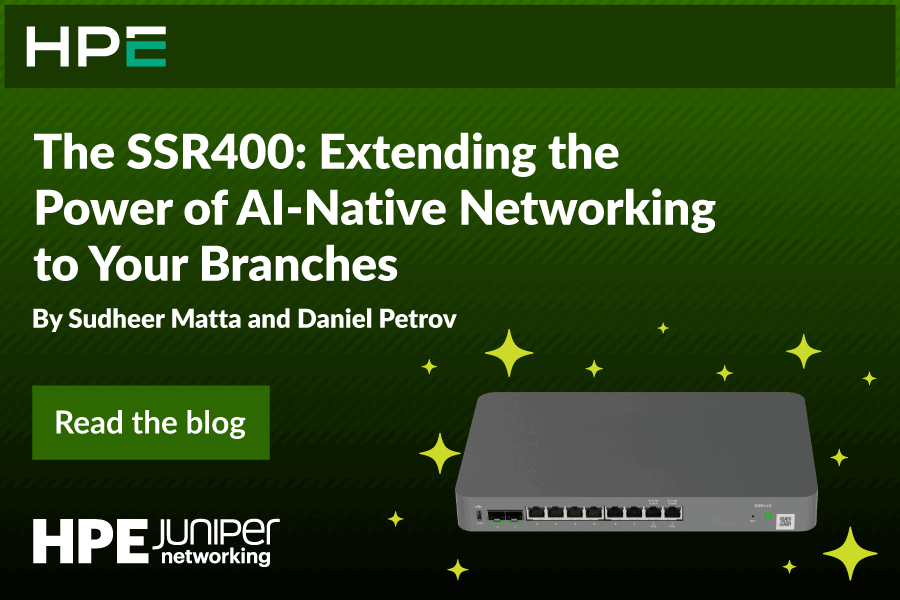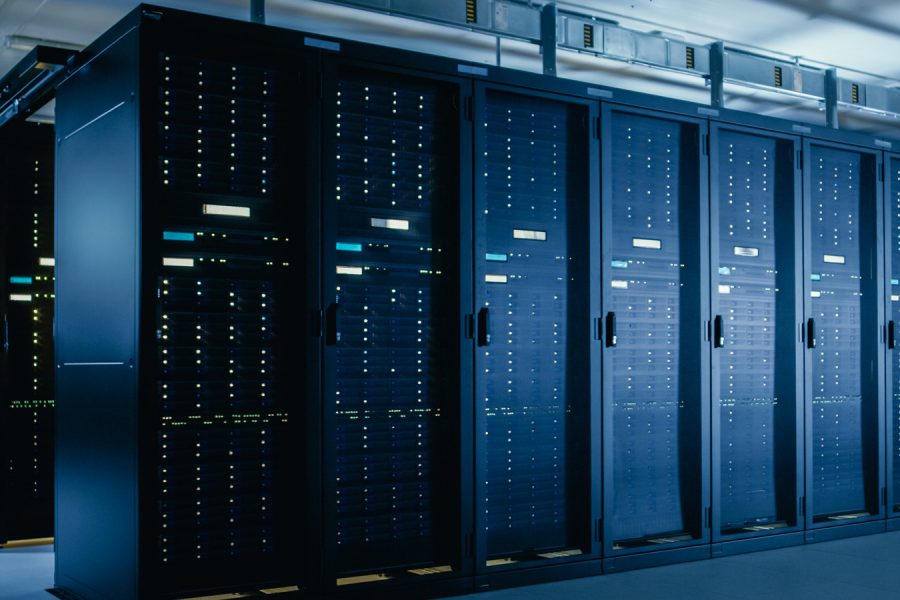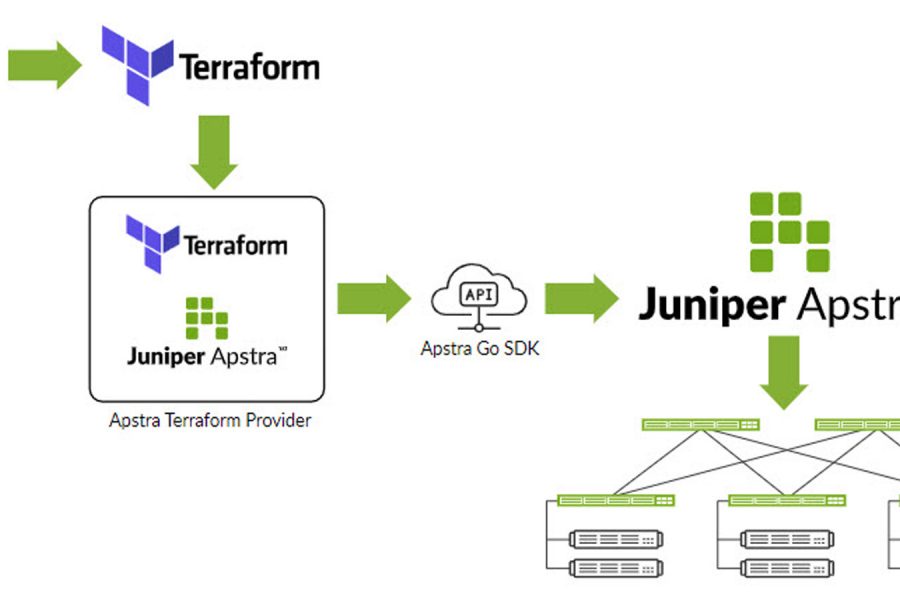Juniper Networks recently announced it has entered into an agreement to acquire Mist Systems. As Juniper’s CTO, I wanted to provide my thoughts about the technology synergies that underpin this move.
Starts with engineering
At Juniper, we have talked at length about our corporate mission – Engineering Simplicity. At its core, engineering simplicity is the recognition that we are, from our roots, an engineering company. And we are taking the full might of our engineering strength and aiming it at the tough challenges of eliminating complexity for our customers.
Of course, complexity is not easily removed. To simplify something, you first need to truly understand what the problem is and how it works. You then have to sort through details and nuances, and account for both the known and unknown. In short, it requires real engineering expertise.
In Mist, we see a bit of a mirror image. They have staked their portfolio on an engineering approach to simplify the wireless experience for their users. They have started with workflows and built an industry-first cloud-based AI engine. Because they have committed so fully to the pursuit of simplicity is a huge part of why we believe our engineering cultures will complement each other so well.
Simplicity leads to operations
The march towards simplicity will not happen in a vacuum. The context for change will be the technological movement toward cloud and multicloud. As cloud providers, telcos and enterprises grapple with their own cloud strategies, there will be an industry-wide opportunity to unshackle ourselves from the technical debt that we have accumulated over the past several decades of legacy IT. This represents not just a chance to tap into the power of cloud and multicloud, but also an opportunity to break free from aging practices that are no longer relevant.
Cloud and multicloud are changes in our industry that haven’t been witnessed since the birth of the dot-com era. Where most advances are substitutive—you replace thing A with a slightly better but equivalent thing B—cloud and multicloud are transformational. Multicloud isn’t about a device or a piece of software. It’s an operational change. Multicloud changes how we architect, but it also changes how we interact with the infrastructure.
At Juniper, we like to talk about the distinction between building better networks and making networking better. Networks are nouns. They are defined by the devices, the protocols, the services. Networking is a verb. It’s defined by the workflows, the tools, the people. In the era of multicloud, we have to certainly build better networks, but that alone is insufficient to drive an operational change. Ultimately, we must endeavor to make networking better. And that means we have to bring the same level of focus to operations that we have historically brought to the devices and software that make these networks possible.
So how will operations change?
We have already seen some of this change in the data center and cloud. As networks have become more software-defined, we have witnessed wholesale changes in how they are built, operated, monitored and maintained. And we believe that these same principles should naturally extend to the rest of the enterprise.
We believe the software-defined enterprise will have a few important traits.
- First, control will be abstracted. The days when networks are managed device-by-device must come to an end. If the cloud has taught us anything, it is that abstracted control can change the economics of operations in meaningful ways, allowing people to interact with the network rather than a specific command line into a box.
- Second, workflows will be automated. Operations should not be about rote memorization of specific commands. We need to elevate to workflows. Companies that embrace automation will achieve operational efficiencies that will ultimately allow their employees to spend more time on the “business of the business” and less time just making it all work.
- And third, as we move toward a more self-driving infrastructure, the core tenets of machine learning and artificial intelligence will become more than supporting elements. AI is the future of IT. We simply must build infrastructure that is more responsive and ultimately adaptive to the conditions in and around the network.
Starts with platforms
If simpler operations focus on workflows, then the underlying infrastructure must be a platform. Workflows are, by their very nature, hyper-contextual. That is to say that workflows vary from environment to environment as topologies, tools, processes and even people change.
As an industry, our focus needs to be on building platforms that serve everyone by being extensible. There should be common building blocks—analytics, telemetry, orchestration and management—that come together in the service of more streamlined operations. Within these large blocks, we will need things like workflow engines, event engines and databases.
And we will also need an AI engine.
From reactive to proactive
Simplifying operations might start with scripted responses, but ultimately, our operations need to become more proactive. If user experience is key, it isn’t enough to constantly trail behind issues, remedying them as they emerge. The infrastructure of the future must become predictive by using machine learning and artificial intelligence to anticipate issues.
The AI engine that powers the Mist portfolio will become a key part of our go-forward plans. User experience will necessarily rely on more than just a single part of the network. It’s an end-to-end proposition if we are to guarantee experience for users, regardless of where they or their applications reside.
Workload diversity, operational uniformity
By integrating the Mist AI-driven technology into our Contrail-led orchestration solutions, we have the opportunity to provide abstracted control over a diverse set of resources ranging from the wireless network to the campus or branch and all the way out to both public and private clouds.
Ultimately, we believe that enterprises of all shapes and sizes need to be free to leverage any manner of underlying infrastructure. However, taking advantage of these options cannot come at the expense of an operationally easy-to-use infrastructure. Our goal is to allow for workload diversity while ensuring operational uniformity.
Flexibility and efficiency should not have to compete in the era of multicloud.
A key moment in time
We are excited to welcome Mist to the Juniper family. The timing could not be better. We believe that now is the perfect time for differentiated technology to disrupt the one-time disruptors amidst the biggest transformational change we have seen since the inception of the internet.
While some of our competition will remain best known for their CLI syntax and others for their discounted moves into adjacent markets, we feel confident that betting on the best technology and maniacally focusing on its application toward making things simpler will help us lead our industry’s transition to multicloud.
Change isn’t in every technology supplier’s best interests, which is why industries settle down periodically into a technological malaise. But the surrounding world waits for no one. And it’s time we break free. We took a big step toward that today. And we look forward to accompanying our customers on their own journeys ahead.
And for more on this exciting new partnership with the Mist team, check out additional content-filled blogs from Sujai Hajela and Bob Friday, co-founders of Mist Systems, here.
Forward-Looking Statements
This blog contains forward-looking statements within the meaning of applicable securities laws. All statements, other than statements of historical fact, could be deemed forward-looking statements. Statements in this blog concerning Juniper Networks’ business, strategy and focus; our agreement to acquire Mist Systems; the results and improvements made possible by Mist’s technology, including as integrated with Juniper Networks’ solutions; and our overall future prospects are forward-looking statements that involve a number of uncertainties and risks. Actual results or events could differ materially from those anticipated in those forward-looking statements as a result of several factors, including, without limitation, our ability to close the contemplated acquisition in a timely basis or at all, our ability to integrate the acquired company and its technology, potential benefits of the transaction to Juniper Networks and our customers, the effectiveness of Mist’s technology, and other factors listed in our most recent report on Form 10-K filed with the Securities and Exchange Commission. All statements made in this blog are made only as of the date of this blog is first posted, and Juniper Networks undertakes no obligation to update the information in this blog in the event facts or circumstances subsequently change after such date.

























